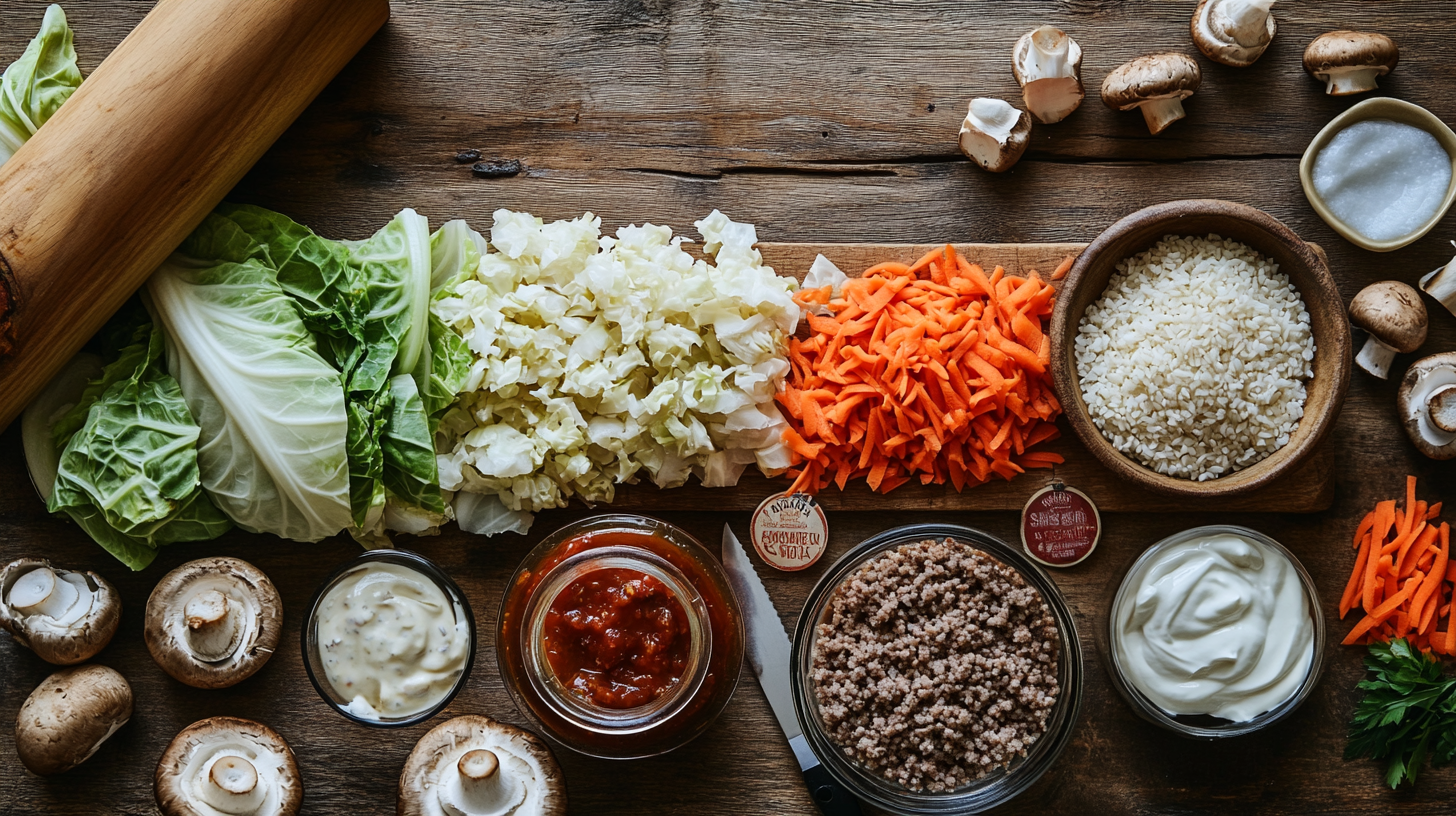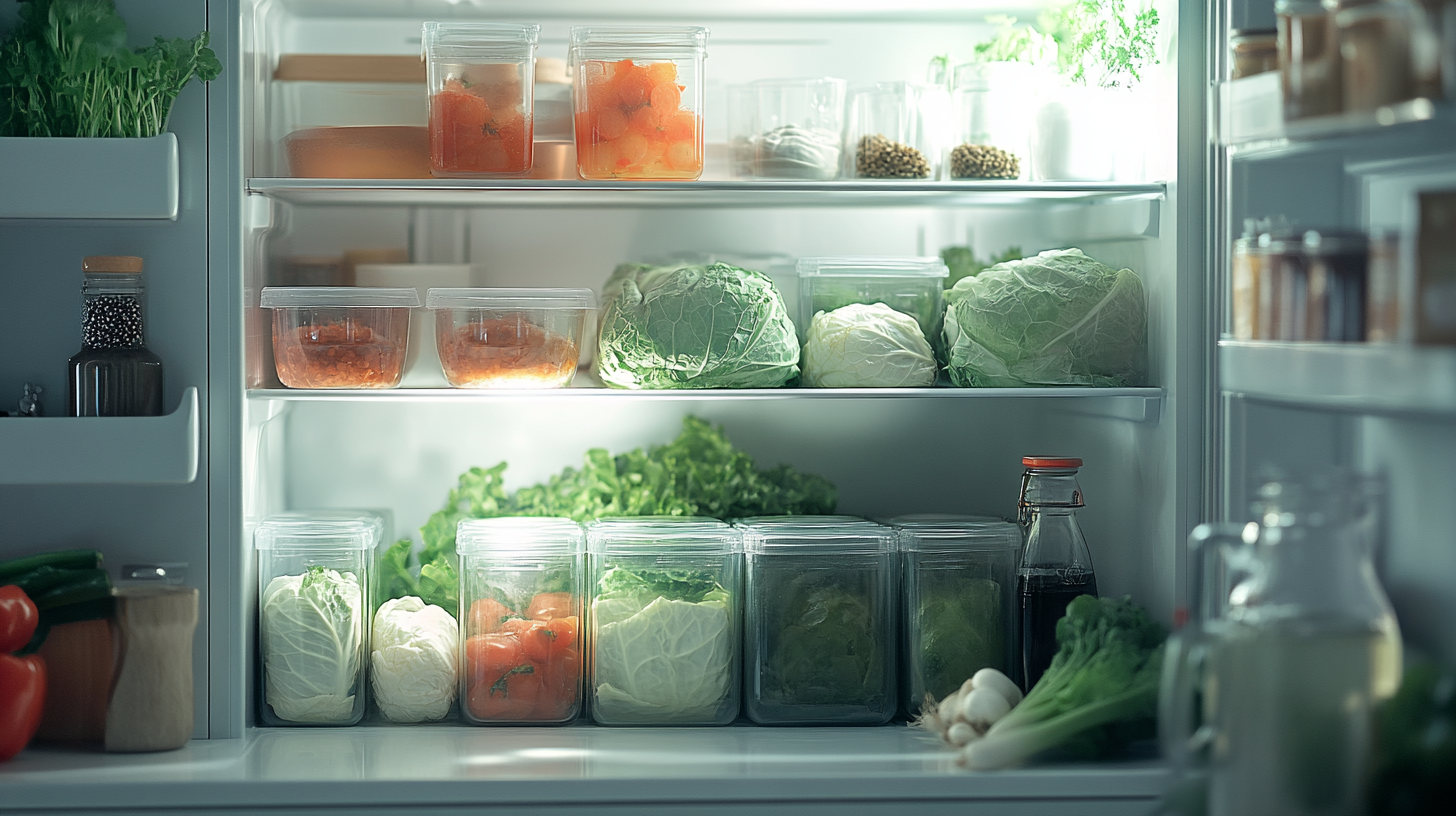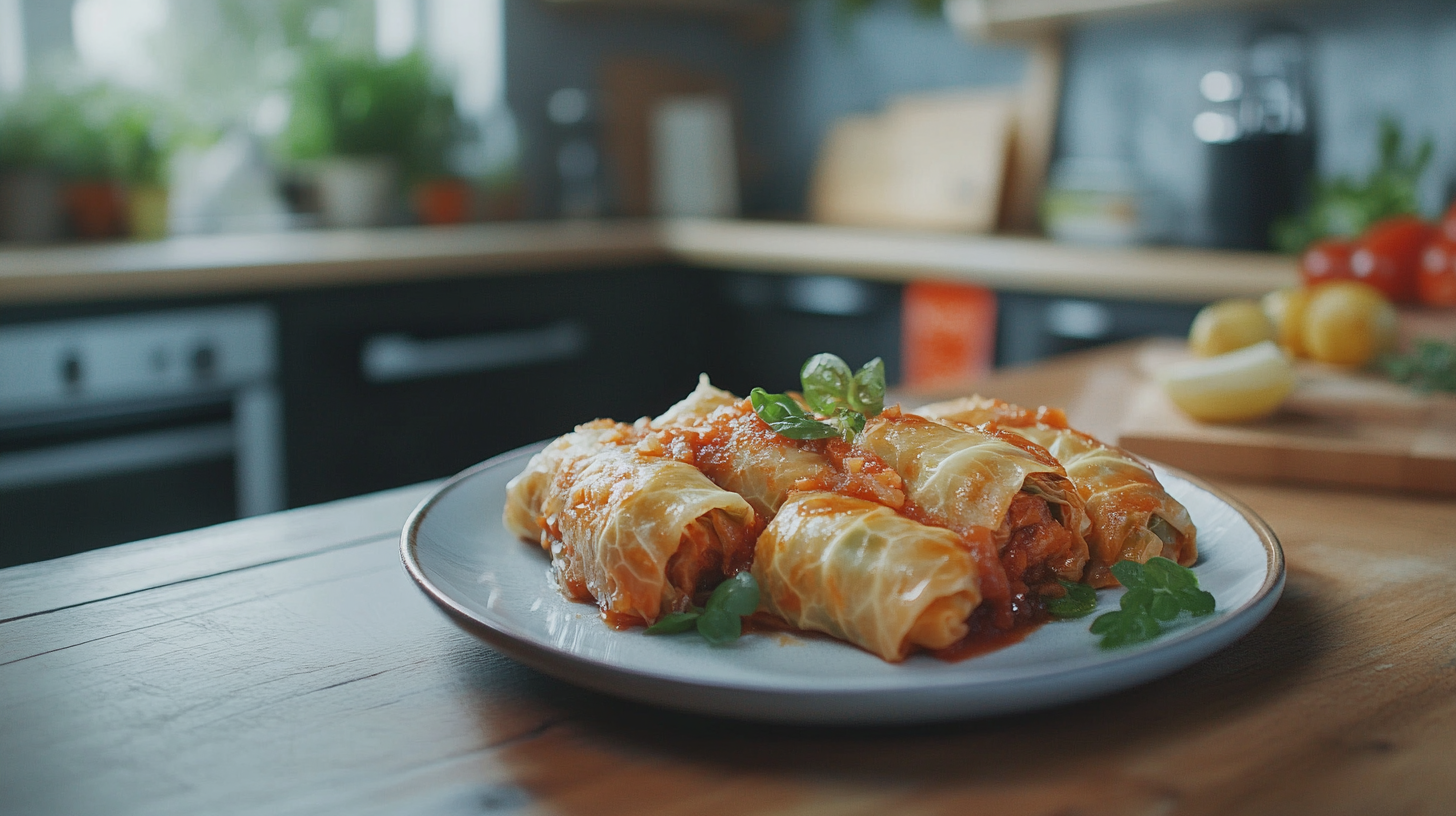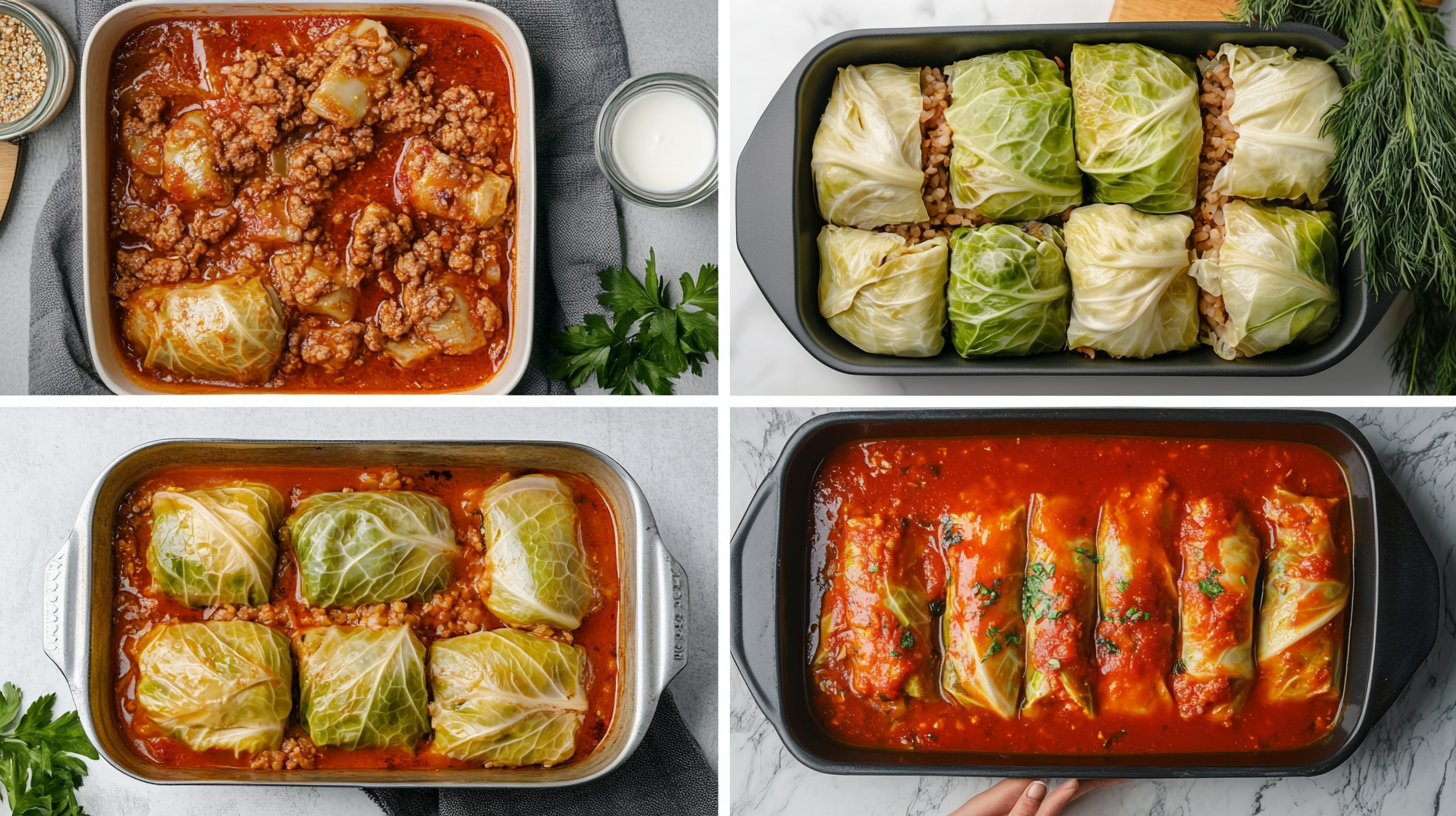Cabbage rolls are a beloved comfort food across many cultures. However, Polish and Ukrainian variations stand out for their unique ingredients and preparation methods. Although both versions are hearty and delicious, subtle differences set them apart, reflecting each culture’s culinary traditions and preferences. In this article, we will explore these distinctions, guiding you through the flavors, textures, and techniques that define Polish and Ukrainian cabbage rolls.
If you’re interested in exploring other hearty meals, you might also try a flavorful Cabbage Roll Casserole, which simplifies traditional cabbage roll preparation into an easy, one-pan dish.
Polish Cabbage Rolls (Gołąbki)
Polish cabbage rolls, known as Gołąbki (meaning “little pigeons”), feature a filling of ground pork, beef, or veal mixed with rice and onions. Cooks wrap this filling in softened cabbage leaves, place the rolls in a baking dish, and cover them with a tomato-based sauce.
Key Characteristics
- Ingredients: Ground pork often forms the base for its rich flavor, paired with simple seasonings like salt, pepper, and sometimes marjoram.
- Preparation: Polish cabbage rolls are usually boiled or baked, allowing the tomato sauce to infuse them with tangy flavor.
- Accompaniments: Rye bread or potatoes frequently accompany the rolls, creating a well-rounded meal.
To enhance the balance of flavors, you can pair the rolls with ideas from the Best Bread for Brisket Sandwiches as a complementary side.

Ukrainian Cabbage Rolls (Holubtsi)
In Ukraine, cabbage rolls are called Holubtsi. The filling often includes buckwheat or millet instead of rice, which adds a nutty flavor. Many recipes also incorporate mushrooms or carrots, giving the dish extra texture and depth.
Key Characteristics
- Ingredients: Ukrainian recipes often use a combination of meats, but vegetarian versions are also quite popular.
- Preparation: Cooks typically simmer Holubtsi in a pot with creamy tomato sauce or broth, which keeps the rolls tender and moist.
- Accompaniments: Sour cream frequently accompanies the rolls, enhancing their tangy and creamy profile.
For a heartier texture, try experimenting with grains like quinoa, similar to techniques found in recipes like How to Make Rice Krispies Treats, but adapted for savory dishes.
Key Differences
| Feature | Polish Cabbage Rolls (Gołąbki) | Ukrainian Cabbage Rolls (Holubtsi) |
|---|---|---|
| Filling Base | Rice, pork, or beef | Buckwheat, millet, or mixed meats |
| Cooking Method | Baked or boiled | Simmered in broth or sauce |
| Seasoning | Simple, with marjoram | Tangy, often with mushrooms |
| Serving Style | With bread or potatoes | With sour cream |
Although they share a common base of cabbage leaves and hearty fillings, these regional variations highlight the unique culinary identities of each culture. Additionally, both types offer versatility and can be customized to suit individual preferences.
Shared Traditions and Cultural Significance
Polish and Ukrainian cabbage rolls share a rich cultural heritage. Families often prepare these dishes for gatherings and festive occasions, celebrating warmth and hospitality. In many households, recipes pass from one generation to the next, preserving traditions and memories associated with them.
If you’re curious about other classic comfort foods with rich histories, explore a creamy Broccoli Casserole Recipe, another dish with a loyal following.
FAQs About Polish and Ukrainian Cabbage Rolls
- Can I freeze cabbage rolls?
- Yes, you can freeze both types. Store them in airtight containers with sauce to maintain their flavor and texture.
- Which type is spicier?
- Neither version includes spicy ingredients by default, but you can add chili flakes for heat.
- Are there vegan versions?
- Absolutely! Replace meat with lentils or mushrooms and use vegetable broth for simmering.
For additional meal-prep inspiration, try a satisfying American Lasagna Recipe alongside your cabbage rolls. Pairing these two hearty dishes adds variety to your dinner table.

Conclusion
Polish and Ukrainian cabbage rolls are culinary treasures that showcase unique flavors and textures. While Polish Gołąbki emphasize simplicity with rice and pork, Ukrainian Holubtsi explore earthy flavors with grains like buckwheat and tangy accompaniments such as sour cream. These small yet distinct differences reflect the diverse food traditions of Eastern Europe.
Whether you prefer the tomato-infused richness of Polish cabbage rolls or the creamy tenderness of Ukrainian rolls, both options deliver satisfying comfort food. Furthermore, trying both versions can be a delightful way to compare their nuances and bring exciting variety to your meals.
In summary, these dishes offer a glimpse into the heart of Eastern European cooking, celebrating tradition and flavor with every bite. Enjoy creating and sharing these timeless recipes with your loved ones!


